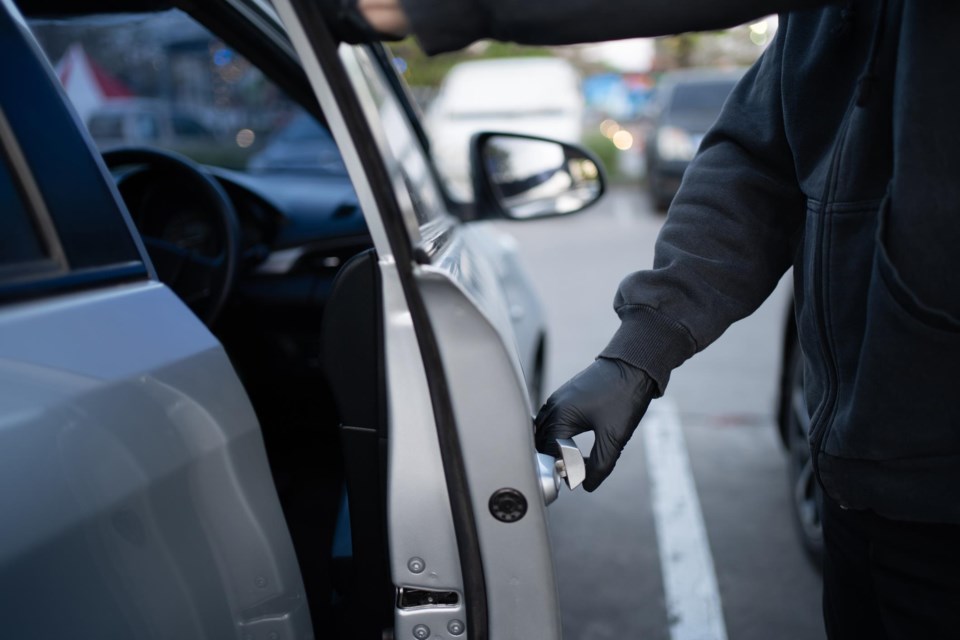Vehicle theft rates are increasing year over year. Thieves often ship stolen vehicles overseas for resale or strip and dismantle them for valuable parts and materials. But the latest fate for stolen vehicles is something called “re-vinning.”
A recent poll from insurance provider Aviva Canada found that although cases are on the rise, less than half of Canadians are aware of this new frontier of crime. Here’s why it’s causing grief for those in the market for a used vehicle.
What is re-vinning?
Every vehicle sold in North America since 1981 comes with a unique vehicle identification number. This VIN is marked in various places on the car, including on the driver’s side dash and the ownership permit.
Re-vinning is when criminals change the VIN to a fictious one to make the vehicle appear legitimate and hide the fact it was stolen. They do this to help them re-sell the car within Canada.
How can re-vinning affect you?
As criminals get more sophisticated, making it difficult to identify when a car might be stolen property, more and more Canadians are at risk when purchasing a used vehicle. If you have a car with a fake or incorrect VIN, it can cause major problems when you try to register the vehicle, renew your licence plate permit or make an insurance claim. It could even void your auto coverage.
It can also cause major maintenance issues since mechanics use the VIN to identify parts to order and diagnose problems.
And, of course, being stolen property, the police could seize the vehicle at any time, leaving you without a car and out of pocket.
How can you spot a re-vinned vehicle?
To avoid accidentally buying a car that’s been re-vinned, here are six tips.
- If you’re buying from an individual, make sure to get details like their name and phone number, and check their identification when you meet up.
- Trust your gut. Is the price too good to be true? Does the seller want to meet somewhere odd? Will they only accept cash? These are all red flags.
- Check that the VINs match on the car and the paperwork that comes with it. You can take the vehicle to a trusted mechanic to inspect and validate the vehicle.
- Consider ordering an auto history report, (which is like a credit history check for your car,) and checking that the details are consistent.
- If your province offers a used vehicle information package be sure to obtain it. In Ontario, for example, sellers are legally required to provide the package to buyers, but buyers can also purchase one as well.
- If you’re buying from a dealership, run their details through your provincial dealer regulatory website to make sure they are licensed and check for any offences.
Find out more about re-vinning and how to protect yourself at aviva.ca.




